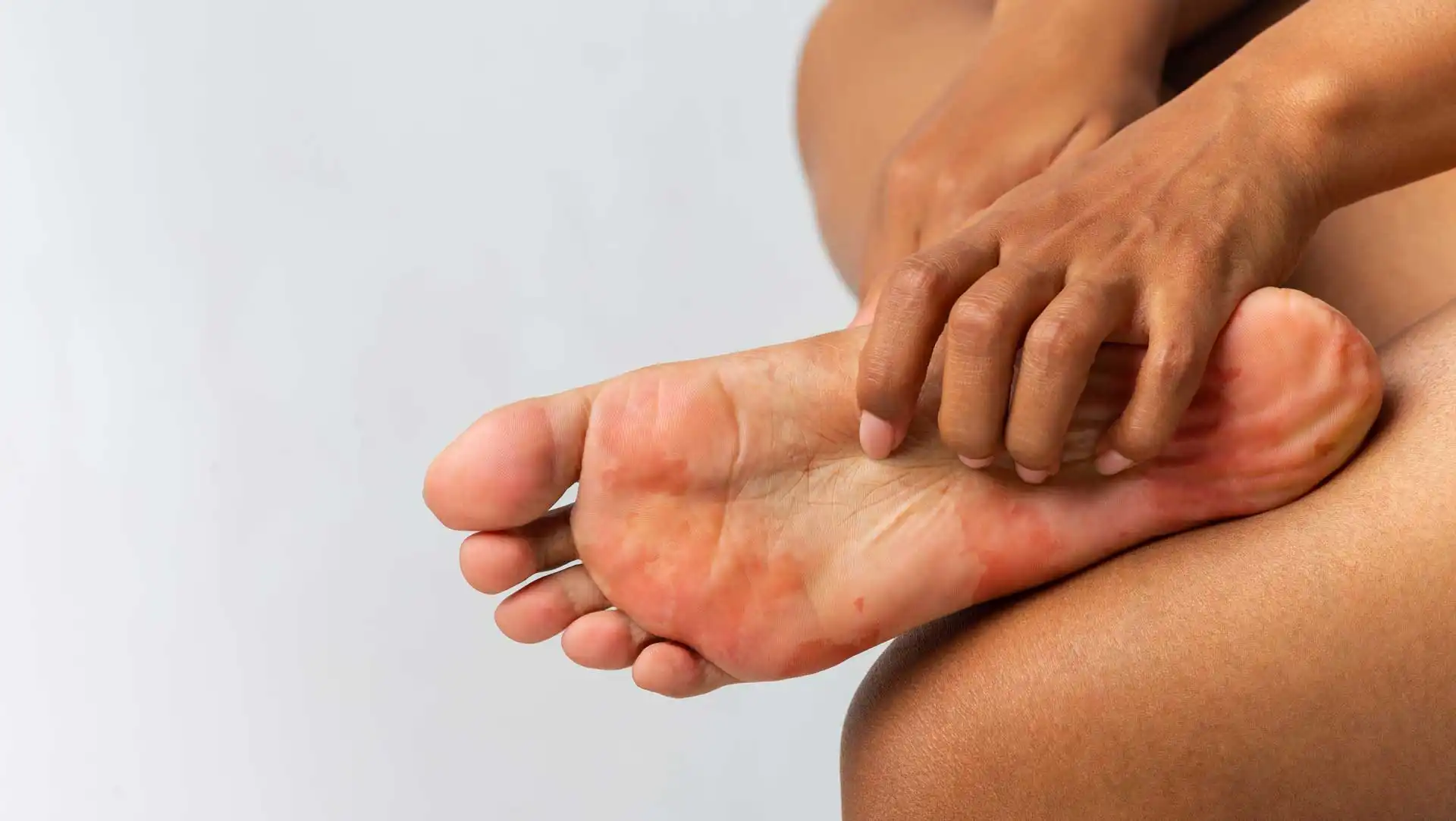
SERVICES
Tinea pedis, commonly known as athlete’s foot, is a fungal skin infection that usually begins between the toes. Signs and symptoms of athlete’s foot include an itchy, scaly rash. This condition is usually caused by:
Athlete’s foot is closely related to other fungal infections. It can be treated with antifungal medications, but the infection often comes back.
How a Podiatrist Treats Tinea Pedis
A podiatrist can diagnose athlete’s foot by examining the affected area
Treatment typically involves:

A fungal toenail infection, also known as onychomycosis, is a common condition that affects the nails, usually toenails. It can cause the nail to become thickened, discoloured, and brittle.
Remember: Fungal nail infections can be stubborn and may require several months of treatment. It’s important to follow the podiatrist’s instructions carefully and complete the full course of treatment to ensure the infection is completely cleared.
By following these tips and seeking professional treatment from a podiatrist, you can effectively manage fungal nail infections and keep your feet healthy.
TESTIMONIALS
Trustindex verifies that the original source of the review is Google. I went to vine podiatry on 14th January 2025 and from the moment I went through the door I was put at ease. I have type 2 diabetes and Adam had the most up to date equipment and was very knowledgable, I would definitely recommend him.Load more